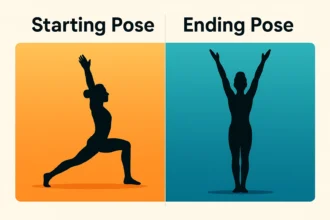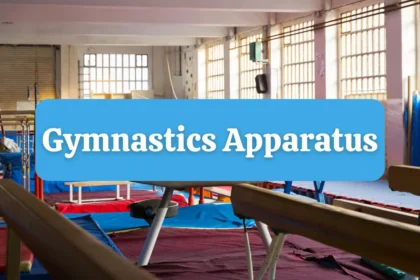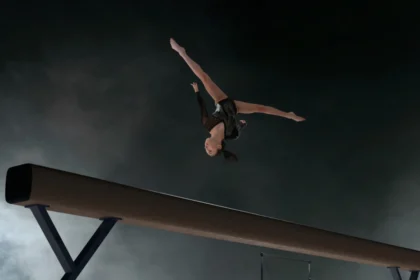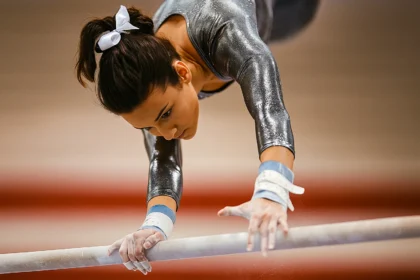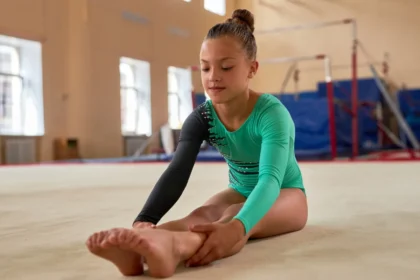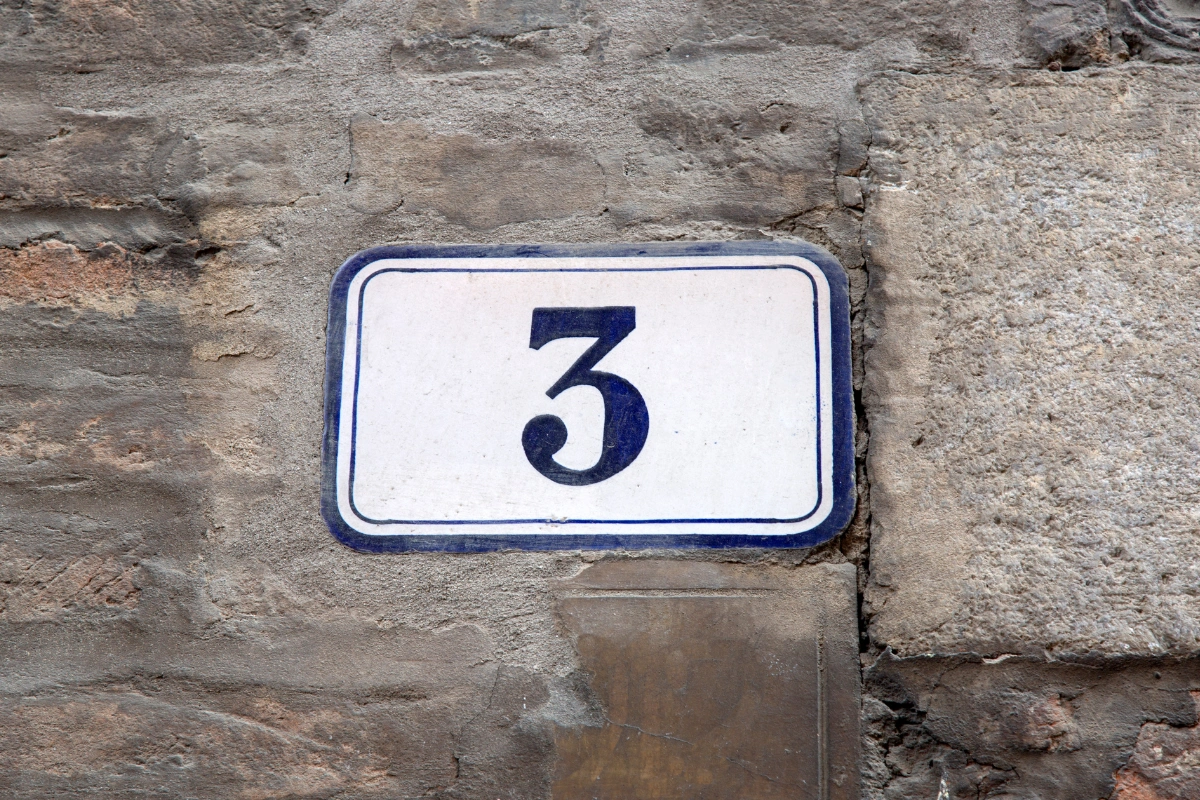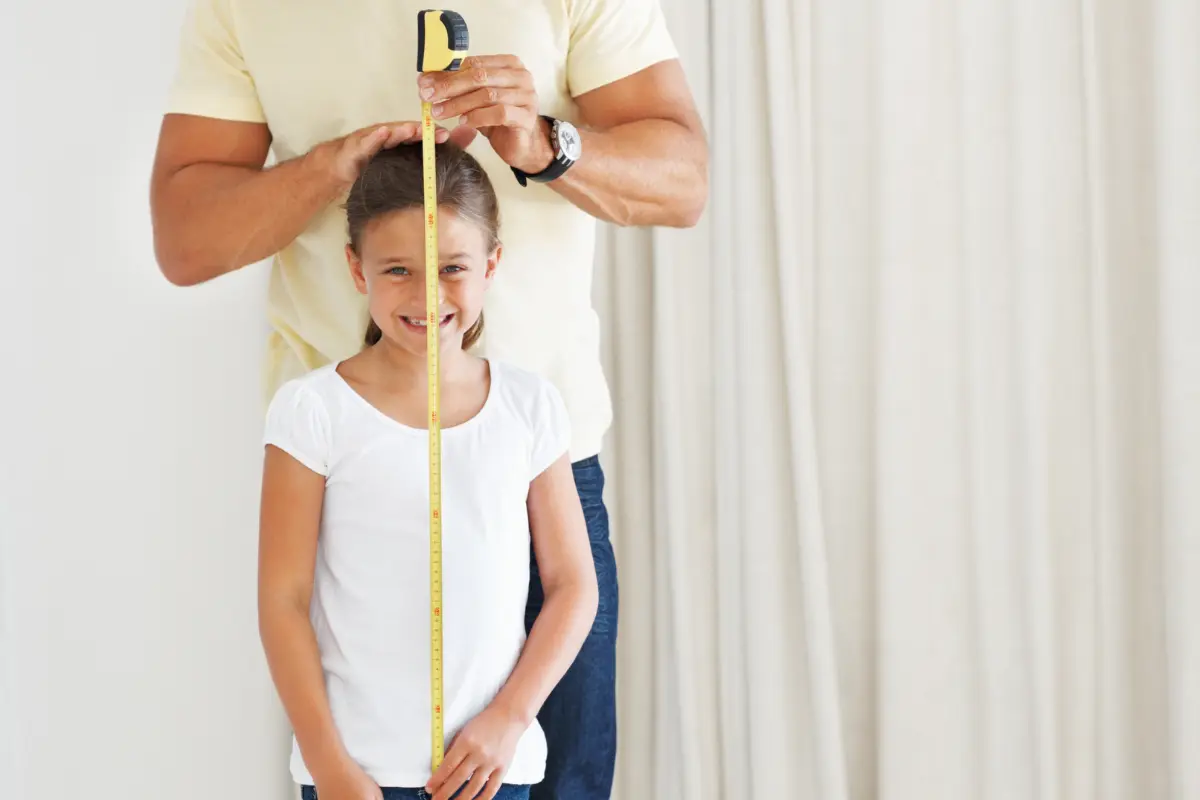For gymnasts, flawless technique is only part of the equation. The other, often-overlooked side of the sport? Making sure their leotards don’t budge an inch. After all, the last thing any athlete wants mid-back handspring is to worry about an outfit shift.
So how do gymnasts stay secure and confident through every leap, flip, and turn? As it turns out, they rely on a mix of smart design, clever accessories, and meticulous prep.
The Fit Comes First: Why Size (and Cut) Matter
A leotard that fits like a second skin is half the battle won. Too snug and it pinches or rides up; too loose and it puddles into awkward folds mid‑salto. Elite athletes often go bespoke, submitting laser‑precise body measurements so every curve, muscle, and flex point is mapped. For the rest of us, high‑stretch blends from brands such as GK Elite or Alpha Factor—usually a four‑way mix of nylon, polyester, and spandex—offer nearly the same glove‑like feel off the rack.
Quick Fit Check
- Raise your arms overhead and twist: no shoulder gaping.
- Pike forward: fabric stays flush across the hips.
- Deep squat: leg lines don’t cut in or creep.
Body Adhesive: The “Butt Glue” Secret
Yes, it has a nickname—and yes, it works.
Body adhesive (lovingly referred to as “butt glue”) is a go-to trick for many gymnasts. This medical-grade sticky solution, like Tuf-Skin or similar sprays, is applied to areas prone to movement: around the hips, inner thighs, or even shoulders.
Once applied, the leotard gently adheres to the skin, helping prevent ride-up, bunching, or shifting mid-routine. It’s especially useful for high-cut designs and powerful tumbling passes. And when the meet’s over? It washes off easily with soap and water.
What seems like a small detail can make a world of difference in confidence and focus.
Undergarments That Stay Under Wraps
Another layer of security—literally—comes from the undergarments gymnasts choose.
Compression shorts, seamless underwear, and moisture-wicking base layers add stability while keeping sweat at bay. These garments create a smooth base beneath the leotard, reducing the chances of fabric sliding or shifting during complex skills.
For gymnasts performing high-difficulty routines, underlayers offer both comfort and reassurance. And while they remain invisible to the audience, they’re a silent partner in every successful performance.
Rule Note
FIG allows shorts or full‑length unitards in identical color to the leotard. Some national federations, like Gymnastics NZ, now even permit contrasting shorts for inclusivity.
Crystals With a Job to Do
Sparkle with a side of science? Absolutely.
While rhinestones and crystals are often chosen for visual flair, they can serve a practical purpose, too. The added weight of embellishments—when strategically placed—can help anchor the fabric and reduce movement in key areas like the chest, waistband, or hips.
It’s subtle, but effective. A little extra sparkle can lend both confidence and stability, especially in high-energy routines that involve twisting and flight.
Hidden Helpers: Tape, Strips, and Straps
For gymnasts who need just a bit more grip, accessories like body tape and silicone strips can be game changers.
| Accessory | Where It Goes | What It Solves |
|---|---|---|
| Body tape | Shoulders, neckline | Stops gaping during giants & Arabians |
| Silicone grip strips | Inside leg openings | Prevents ride‑up on leaps |
| Removable clear straps | Across open backs | Extra hold without visual clutter |
Double-sided tape is often used near necklines or shoulders to prevent gaps or slipping. Silicone grip strips, sewn into the inner lining, provide gentle friction against the skin—enough to keep the fabric from riding up without causing discomfort.
Some gymnasts even add extra straps or modify the design to include reinforcement in areas most prone to movement. These details are often invisible during a routine, but they provide a crucial sense of security.
Caring for the Leotard: Maintenance Matters
Even the best leotard can lose its shape without proper care. Over time, stretched-out fabric and weakened seams can lead to performance mishaps.
To maintain elasticity and fit, gymnasts are encouraged to hand wash their leotards in cold water with gentle detergent, then lay them flat to dry. Avoiding heat (especially from dryers) is key to preserving the material’s integrity.
Regularly checking for wear and tear—like loose stitching or thinning fabric—also helps gymnasts catch potential problems before they affect performance.
Picking the Right Style for the Job
Finally, leotard style can impact how securely it stays in place. Pick the style that complements your demands:
- High‑neck, long‑sleeve: maximum coverage and grip for athletes who tumble aggressively.
- Mesh backs with keyholes: breathability plus anchor points around the shoulder blades.
- Backless or racer‑back: unmatched freedom of motion—just pair with adhesive and a snug leg line.
Many elite designs now feature built-in structural elements like reinforced seams, compression zones, or grippy fabric panels that help hold everything in place.
The right style depends on the routine, personal comfort, and the gymnast’s needs. The goal remains the same: feeling secure enough to perform without distractions.
In the end, a leotard that stays put is no accident—it’s the product of smart design choices, a few clever tricks, and thoughtful care. Master those details, and the only thing left to worry about is nailing the landing.



